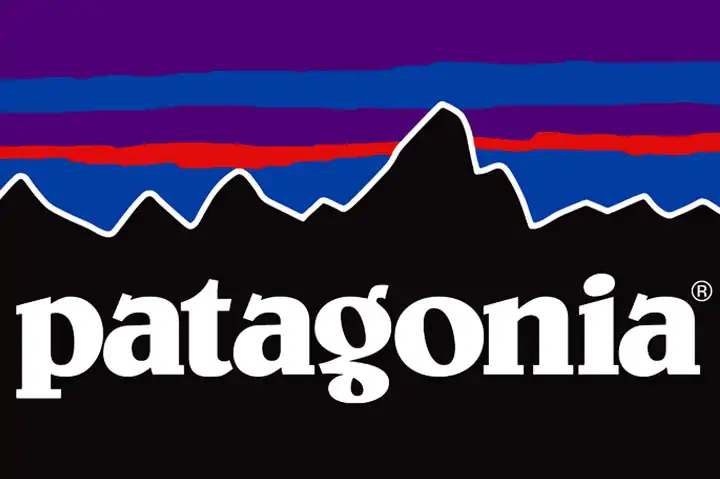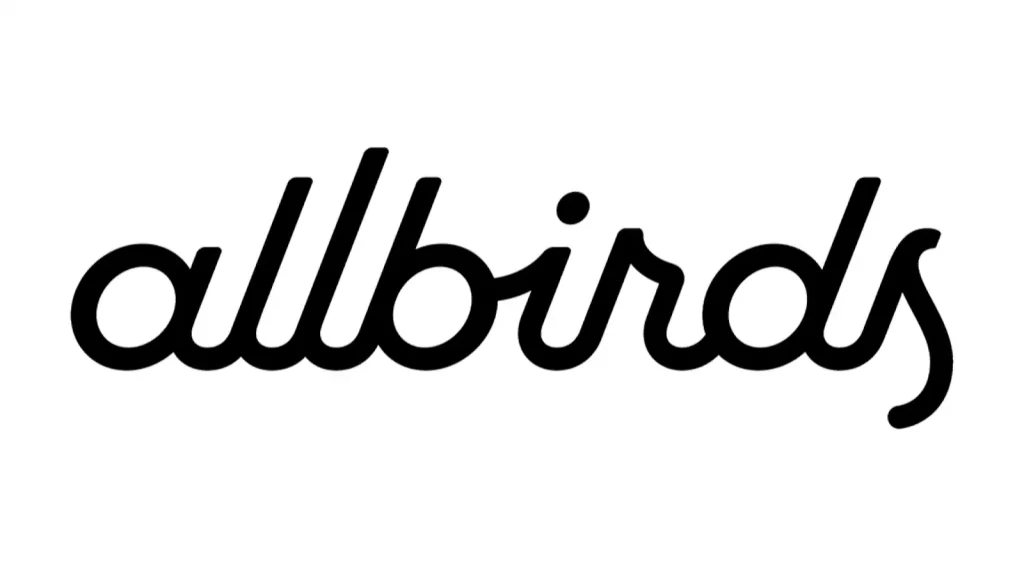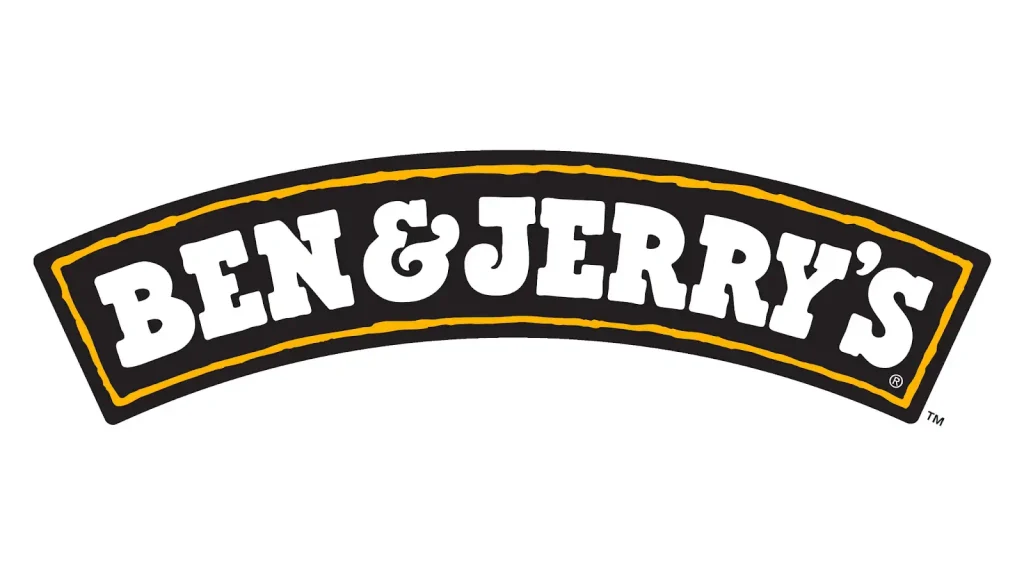How to Build a Sustainable Brand People Trust

Brands today are in a full-on attention war! Everyone’s trying to be the loudest, boldest, cleverest voice in the room. But here’s the thing: looking good isn’t good enough anymore.
Consumers have leveled up! They’re sharper, more intentional, and they’ve got a radar for fluff. If your brand is all talk and no action when it comes to sustainability, guess what? You’re already falling behind.
Sustainability isn’t just some trendy checkbox. It’s a full-blown shift in how we do business and how people decide who gets their dollars. This is about more than just saving the planet (although, yes, that’s pretty dang important). It’s about trust. Longevity. Relevance. It’s the kind of shift that separates the brands that last from the ones that just fade into the scroll.
So let’s dig in:
- Why does sustainability matter so much in brand building?
- What roadblocks do businesses hit when trying to do it right?
- And how can a purpose-driven, real-deal approach totally transform the way your brand shows up in the world?
Grab your coffee (or your third cup…no judgment), and let’s get into it!
What Does “Sustainability in Branding” Actually Mean?
Let’s clear up the confusion. Sustainability in branding doesn’t mean slapping a green leaf on your packaging or using the word “eco” in your product names.
True eco-friendly branding is about weaving sustainable practices into the very DNA of your business and reflecting those values clearly, authentically, and consistently in your brand messaging.
This includes:
- Ethical sourcing of materials
- Minimizing environmental impact
- Transparent supply chains
- Community support and engagement
- Responsible packaging and waste reduction
- Even your website can go green!
Basically, it’s how your brand communicates and delivers its environmental and social responsibility to your audience.
The Pain Point: Aligning Sustainability With Brand Messaging

Here’s where things get tricky. Many brands want to be sustainable. They might even implement environmentally responsible practices behind the scenes. But when it comes to messaging? Crickets.
Why?
Because aligning sustainability with brand messaging takes more than a few blog posts and a recycled paper campaign. It takes strategy, consistency, and authenticity.
Common challenges:
- Fear of greenwashing accusations
- Unsure how to communicate values without sounding preachy
- Lack of clarity on what “sustainability” even means for their specific brand
- Inconsistent messaging across platforms
- Trying to force sustainability into branding instead of integrating it
The key to overcoming these challenges? Start by defining what sustainability means for your brand, then tell that story in a way that resonates with your audience.
Why Sustainability Is Critical to Brand Reputation and Consumer Trust

If your brand wants to stand out, brand reputation is everything. And these days, your commitment to sustainability is directly tied to how your brand is perceived.
According to Nielsen, 73% of global consumers say they would change their consumption habits to reduce environmental impact. That number jumps even higher with Gen Z and Millennials.
Consumers are:
- Paying attention to how brands treat people and the planet
- Supporting businesses with purpose-driven missions
- Demanding transparency and accountability
Sustainability in branding builds consumer trust by showing that your company isn’t just profit-driven; you actually care about making a positive difference.
How Sustainability Fuels Customer Loyalty
Today’s consumers are brand loyalists, but only to brands that align with their values. Sustainability gives your brand a clear edge when it comes to forging deeper, more meaningful relationships with customers.
Why does this matter?
Because loyal customers:
- Spend more over time
- Advocate for your brand
- Forgive occasional slip-ups
- Are less likely to jump ship for a competitor
In other words, eco-friendly branding isn’t just good for the planet. It’s great for business.
Real-World Brands Getting It Right
Let’s look at a few companies that have nailed sustainability in branding and what we can learn from them.
1. Patagonia

Patagonia is practically the poster child for sustainability. Their entire brand identity is rooted in environmental activism. They’ve gone as far as encouraging people to buy less, offering repairs, secondhand options, and full transparency about their sourcing.
Takeaway: Make your sustainability efforts central to your mission, not just a side note.
2. Allbirds

Allbirds is committed to carbon neutrality and uses natural materials like merino wool and sugarcane. But what really sets them apart? Their messaging. Every touchpoint —website, social media, and product tags- reinforces their eco-conscious identity.
Takeaway: Sustainability should be consistent across every channel and product.
3. Ben & Jerry’s

While they’re known for ice cream, Ben & Jerry’s also champions social justice, climate action, and ethical sourcing. Their brand voice is friendly, fun, and fierce, making complex issues digestible and relatable.
Takeaway: You can take a stand and still have a strong personality.
4. Seventh Generation

This brand doesn’t just talk sustainability…they live it. From non-toxic cleaning products to post-consumer recycled packaging, their corporate identity is built on environmental ethics.
Takeaway: Walk the walk. Transparency builds trust.
Ways to Integrate Sustainability Into Your Brand
Let’s say your brand isn’t quite Patagonia-level yet. That’s okay. Here are ways to start aligning sustainability with your branding, no matter your industry or size.
1. Audit Your Brand Values
Does your current brand messaging reflect a commitment to people and the planet? If not, start there. Revisit your mission, vision, and values to define your stance.
2. Embed Sustainability in Design
From your logo to your packaging, design choices should reflect your eco-conscious direction. Think earth tones, clean lines, minimalism, and responsible materials.
3. Tell Your Story Authentically
Use your website, email campaigns, and social content to share your sustainability journey. Be transparent about what you’re doing—and where you’re still improving.
4. Engage Your Audience
Invite your audience into the process. Ask them to participate in green initiatives, recycling programs, or donation campaigns. Engagement builds trust and emotional connection.
5. Train Your Team
Your internal culture should reflect your external message. Make sure everyone, from customer service to sales is aligned with your sustainability goals.
Measuring the Impact of Sustainability in Branding

How do you know your efforts are working?
Look beyond likes and followers. Monitor:
- Brand sentiment and customer reviews
- Engagement rates on sustainability-related content
- Loyalty and retention metrics
- Search visibility for sustainability-related terms
- Industry recognition and awards
Using tools like SEMrush, you can track keyword rankings related to eco-friendly branding, brand reputation, and consumer trust, which helps you continually refine your strategy.
Sustainable Brands Are Future-Proof Brands
Branding isn’t just about what you sell. It’s about who you are.
In a world where trust is hard to earn and easy to lose, sustainability gives your brand substance. It turns marketing into meaning. It helps you stand out in a sea of sameness—and stay standing for the long haul.If you’ve been struggling to align your brand messaging with your sustainability goals, it’s time to stop waiting for the perfect strategy and start taking imperfect action. Your brand reputation and our planet will thank you.
AMAZON AFFILIATE
Jennifer Sakowski is a participant in the Amazon Services LLC Associates Program, an affiliate advertising program designed to provide a means for sites to earn advertising fees by advertising and linking to Amazon.com.
Let’s be Friends!
Connect with me @jen.sakowski

